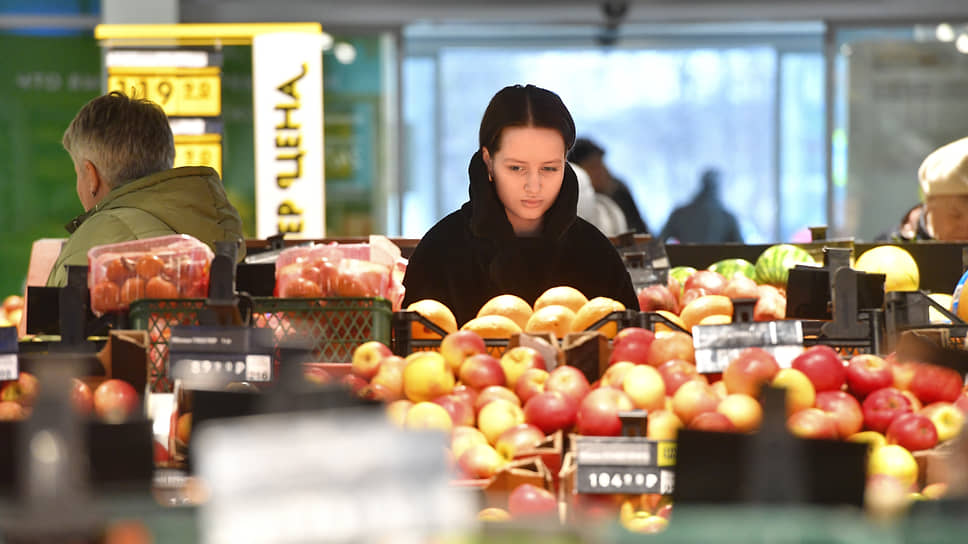Column by Romir President Andrei Milekhin about ways Russians can save money on groceries
[ad_1]
Unfortunately, the issue of poverty for Russia today, like 25 years ago, remains relevant. For almost a quarter of our citizens living on the verge of poverty, any increase in prices for food and housing and communal services directly affects their standard of living. That is why the topic of rising food prices does not lose its urgency. When food prices rise, this group of Russians not only adjusts, but also reduces consumption. In this case, even more than 60% of Russians save by refusing some “additional” products, switching to cheaper brands, and reducing the frequency of purchases. And only less than 10% of compatriots do not resort to optimizing spending on food and everyday goods. On the contrary, during periods of crisis, they “protest” by buying more premium goods and visiting premium HoReCa establishments.
A good indicator of how consumers assess their well-being can be a specific Russian method of saving such as homemade preparations. When I told foreign colleagues about it in the 1990s, they were surprised to perceive it as an expensive hobby. The share of Russians who said they make homemade preparations to save on groceries declined from the mid-2000s to 2020, falling from about 70% to 33%.
But in recent years, the figure has begun to grow again and has already exceeded 40% by 2023. In general, according to our measurements, about 50% of Russians, mainly living in small towns and rural areas, run households, providing about a third of the food basket. In large cities, high competition between large retail chains creates savings opportunities.
At the same time, if you take a closer look at the income structure of Russian families, it turns out that everything is not so sad. Our fellow citizens often do not perceive any subsidies or benefits from the state as additional income. And the structure of society is traditionally communal, family, so any help from family members is also not perceived as income.
Our measurements do not show any noticeable changes in consumer behavior or signs of panic nationwide. This can be judged by the indicators that characterized consumer sentiment during crises. In 2008 and 2015, cheap pasta and washing powder were in high demand. At the beginning of the pandemic, fellow citizens bought buckwheat and toilet paper. Consumers are now adapting to other conditions: one can even talk about the formation of a “new normal,” albeit based on savings.
Nevertheless, for Russians the issue of rising prices remains one of the most worrying factors. The build-up of tension is due to both the information background around the topic and general uncertainty about the future. The media regularly report on rising prices for certain products and goods, and government authorities respond with varying degrees of conviction. This creates a tense atmosphere of discussion in the public space – through conflicting opinions of the parties, the need to respond to challenges. Before the presidential elections, by paying attention to this topic, the authorities are trying to mobilize the electorate and involve citizens in the electoral process. It is good that regulators are accountable to consumers, but it is also important to be able to have a dialogue about how to build a common future for all.
[ad_2]
Source link






